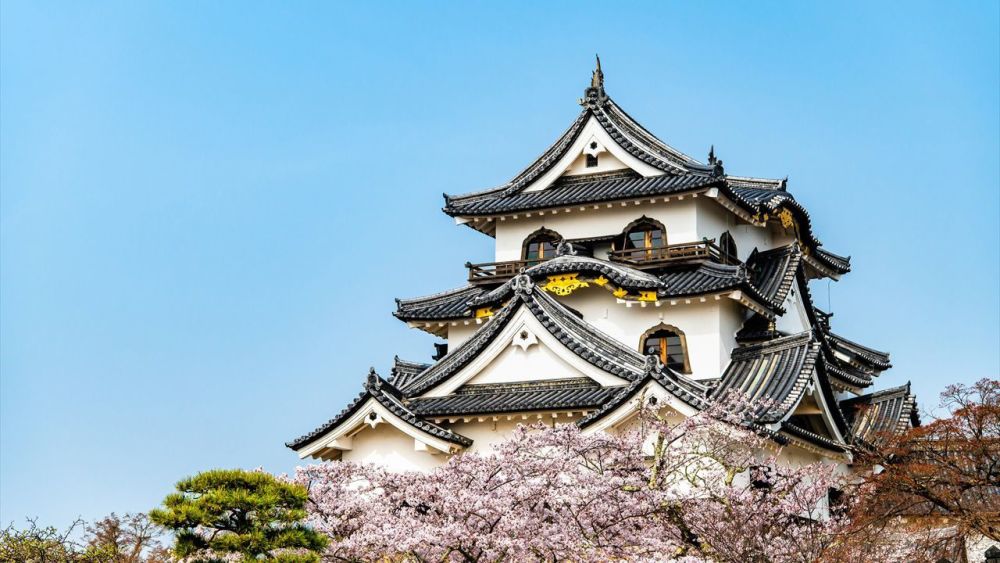

The Japanese Palace, or Japanisches Palais, is a historic edifice in Dresden, Germany, that stands as a testament to the city's rich cultural heritage and the fascination with exotic styles and art that preoccupied many European courts in the 18th century. Its history with respect to tourism is deeply intertwined with the broader historical significance of the palace as well as the city of Dresden.
The Japanese Palace was originally designed as a grand baroque palace in the early 18th century. Augustus the Strong, the Elector of Saxony and King of Poland, commissioned the building with an intention to house his vast collection of Japanese and Chinese porcelain, which is why it was named the 'Japanese Palace'. The architecture of the building, however, does not reflect Japanese design, but rather the Baroque style typical for European palaces of that period.
Tourism at the Japanese Palace began to take shape in the 19th and 20th centuries as Dresden became recognized as a center for art and architecture. The city's historical and cultural landmarks, including the palace, attracted visitors from around Europe. The palace went through several phases of use and reconstructions, but it eventually turned into a public space hosting various exhibitions and museum collections.
During World War II, Dresden suffered immense destruction, and the Japanese Palace was not spared. The rebuilding of the palace was part of the broader reconstruction efforts in Dresden, which started to regain its prominence as a tourist destination by showcasing its restored architectural gems.
In recent years, the Japanese Palace has continued to be a significant draw for tourists due to its enduring historical significance and its role as a cultural venue. Located on the Elbe River, it provides a picturesque setting for visitors.
Currently, it houses multiple museum collections including the Museum of Ethnology Dresden, the State Museum for Pre-History, and the Senckenberg Natural History Collections Dresden. These institutions offer a variety of exhibitions that cater to diverse interests, from human history to the natural world. This multidisciplinary approach aligns with the latest trends in tourism, offering visitors a comprehensive experience all under one roof.
Another trend in tourism is the increase in digital engagement. Many historical sites, including the Japanese Palace, are now offering virtual tours and online resources to engage a global audience. These digital offerings have become particularly important for maintaining tourist interest even when travel is disrupted.
The Japanese Palace also participates in Dresden's vibrant event calendar, including the famous Dresden Music Festival and other cultural celebrations. Such events contribute to the palace's status as not just a static historical site, but an active participant in contemporary culture.
The Japanese Palace in Dresden remains a beloved destination for tourists interested in art, history, and culture. With its rich heritage, combination of several museum collections, and inclusion in cultural events, it upholds the historical significance of the space while evolving to meet modern tourism trends.